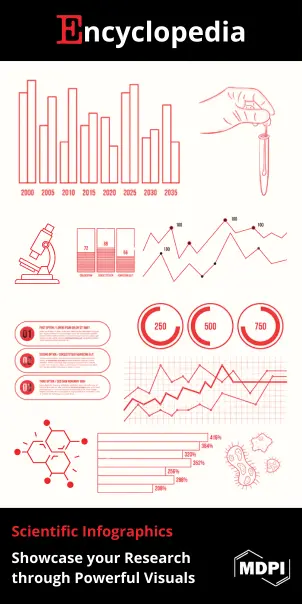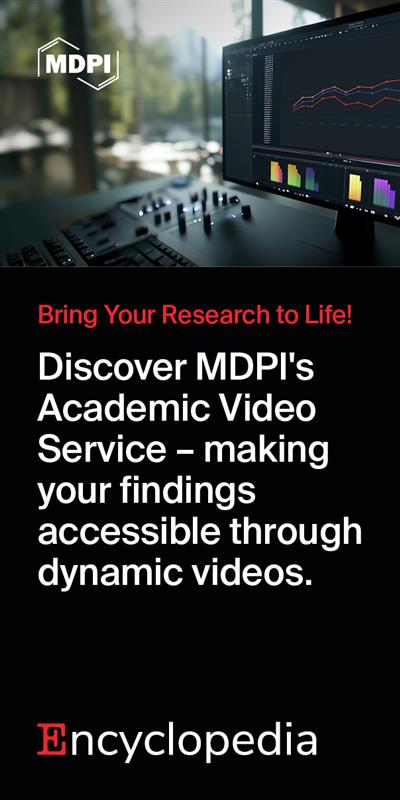You're using an outdated browser. Please upgrade to a modern browser for the best experience.

Submitted Successfully!
Thank you for your contribution! You can also upload a video entry or images related to this topic.
For video creation, please contact our Academic Video Service.
| Version | Summary | Created by | Modification | Content Size | Created at | Operation |
|---|---|---|---|---|---|---|
| 1 | Panos Karanikolas | -- | 382 | 2025-06-06 05:27:29 | | | |
| 2 | Arao Fu | Meta information modification | 382 | 2025-06-06 05:40:04 | | |
Video Upload Options
We provide professional Academic Video Service to translate complex research into visually appealing presentations. Would you like to try it?
Cite
If you have any further questions, please contact Encyclopedia Editorial Office.
Karanikolas, P.; Qian-Khoo, J.X. Enablers and Barriers to Youth Employment: An Employment Ecosystem Approach. Encyclopedia. Available online: https://encyclopedia.pub/entry/58463 (accessed on 25 December 2025).
Karanikolas P, Qian-Khoo JX. Enablers and Barriers to Youth Employment: An Employment Ecosystem Approach. Encyclopedia. Available at: https://encyclopedia.pub/entry/58463. Accessed December 25, 2025.
Karanikolas, Panos, Joanne Xiaolei Qian-Khoo. "Enablers and Barriers to Youth Employment: An Employment Ecosystem Approach" Encyclopedia, https://encyclopedia.pub/entry/58463 (accessed December 25, 2025).
Karanikolas, P., & Qian-Khoo, J.X. (2025, June 06). Enablers and Barriers to Youth Employment: An Employment Ecosystem Approach. In Encyclopedia. https://encyclopedia.pub/entry/58463
Karanikolas, Panos and Joanne Xiaolei Qian-Khoo. "Enablers and Barriers to Youth Employment: An Employment Ecosystem Approach." Encyclopedia. Web. 06 June, 2025.
Copy Citation
An “employment ecosystem” approach acknowledges that factors affecting employment are never the result of one singular factor but are the product of multiple, intersecting, and mutually reinforcing factors at the individual level (personal attributes and immediate circumstances), relationships and wider community, the workplace, and the wider macro-level (societal and structural factors, such as legislation, government policies, and macro-economic trends). Originally conceptualised within the context of employment for people with disabilities, the employment ecosystem approach provides an ecological perspective that can be used to understand the ingredients of inclusive employment more generally. This entry applies an employment ecosystem analytical lens to explore and identify enablers and barriers to youth employment in the Australian context, based on reviews of published research and reports of initiatives and programs targeting youth employment. Findings include the need to recognise the centrality of support from broader community resources, including family and community-based support, employers and co-workers, policy, and legislation. It provides evidence-based insights for practitioners and researchers interested in the development and implementation of inclusive employment practices.
employment
work
employment ecosystem
youth employment
An employment ecosystem lens offers an ecological perspective on the multi-dimensional factors that either hinder or help access to employment. First articulated in the context of disability employment research [1], an employment ecosystem approach looks at the intersecting systems and dynamics that play an integrative role in employment opportunities and access. This approach has since been extended and applied in a range of contexts. This entry paper begins by providing a detailed overview of the employment ecosystem approach and explains its utility as an ecological approach to inclusive employment and its applicability in a range of fields. We explain the three levels of the employment ecosystem and outline common factors identified from existing studies. We then expand on the employment ecosystem concept by applying it to the findings of a literature review on the barriers and enablers of youth employment in Australia. We conclude with observations, remarking on the need for employment interventions, programs, laws, and policies to take a holistic, employment ecosystem approach. We argue that such an approach recognises the centrality of support from across all levels of the employment ecosystem, inclusive of personal and family-based support, support for employers, workplaces, and policymakers, as well as resources from the broader community and community members.
References
- Nicholas, D.B.; Mitchell, W.; Dudley, C.; Clarke, M.; Zulla, R. An Ecosystem Approach to Employment and Autism Spectrum Disorder. J. Autism Dev. Disord. 2018, 48, 264–275.
More
Information
Subjects:
Sociology
Contributors
MDPI registered users' name will be linked to their SciProfiles pages. To register with us, please refer to https://encyclopedia.pub/register
:
View Times:
187
Online Date:
06 Jun 2025
Notice
You are not a member of the advisory board for this topic. If you want to update advisory board member profile, please contact office@encyclopedia.pub.
OK
Confirm
Only members of the Encyclopedia advisory board for this topic are allowed to note entries. Would you like to become an advisory board member of the Encyclopedia?
Yes
No
${ textCharacter }/${ maxCharacter }
Submit
Cancel
Back
Comments
${ item }
|
More
No more~
There is no comment~
${ textCharacter }/${ maxCharacter }
Submit
Cancel
${ selectedItem.replyTextCharacter }/${ selectedItem.replyMaxCharacter }
Submit
Cancel
Confirm
Are you sure to Delete?
Yes
No




